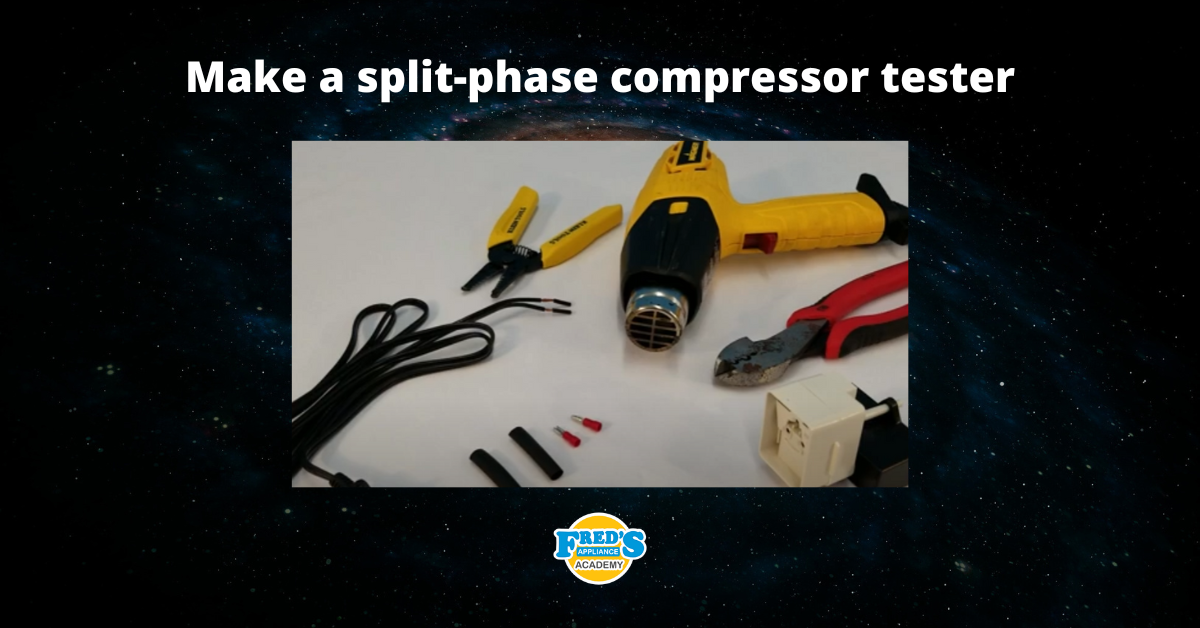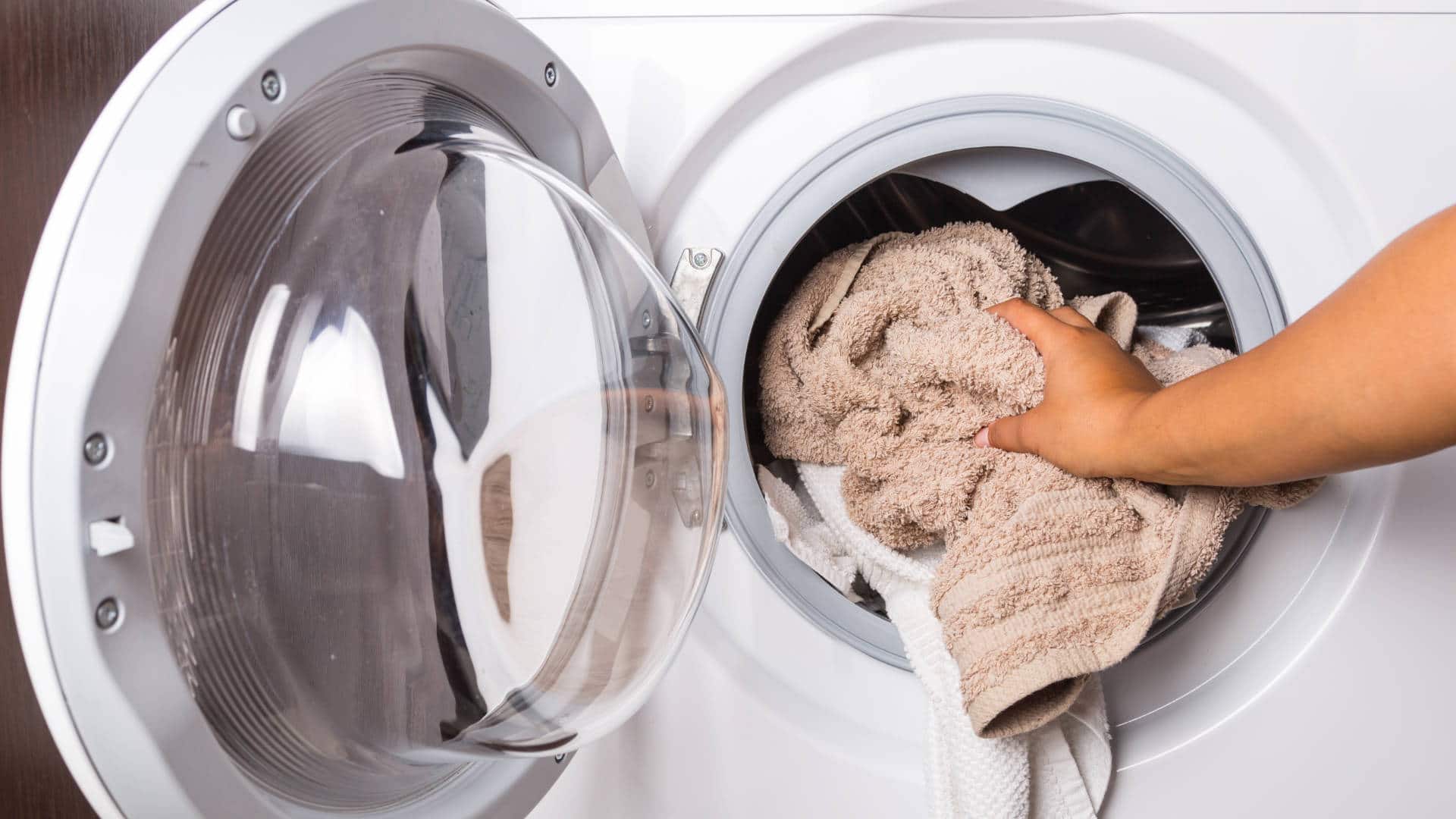
If your LG front-load washer is displaying a UE error code, it means your washing machine’s control board has determined that the load in your washer isn’t balanced. When this happens, your washer won’t spin around until you balance the load or fix whatever faulty component is causing the error code to show.
Hopefully, it is something simple causing the problem that you can fix quickly, but it might be something that requires a more technical and difficult repair. To find out, simply follow our step-by-step guide in this article.
This article covers all major models of LG washers, including:
RLM20K
WD-10271BD
WD-11275BD
WD-13276BDM
WD-90282BD
WM2233HW
WM2277HS
WM2301HR
WM2301HW
WM2455HG
WM2455HW
WM2455HW/00
WM2487HRMA/00
WM2487HWMA/00
WM2496HSM
WM2496HWM/00
WM2688HNM
WM2688HWMA/00
WM3070HWA
WM3470HVA
WM3470HWA
Step One – Try to Balance the Load
The first step is to simply try to balance the load in the washer. Look out for any tangled-up sheets or other large and heavy items that can get tangled up and cause the washer to not be evenly balanced in terms of weight. If you’re washing a small load, you can add more items to ensure the weight is better distributed. Once you’ve rebalanced the load, check to see if the error code has disappeared.
Step Two – Check the Washer Legs
The next step is to check the leveling legs that the washer sits on. The easiest way to see if your washer is sitting level is to use a bubble level device and place it on top of your washer to see if it is level. If it isn’t level, you will need to adjust the legs until it is level. You can usually adjust the legs without having to lift the washer, as they can be rotated. You should also check that the legs are firmly on the ground and that nothing is underneath them. Once adjusted, check to see if the problem has been solved, and if not, move on to the next step.
Step Three – Reset the Washer
If those two things don’t work, the next step is to try to reset the washer and see if the error code disappears. You can do that by simply turning the power off to the washing machine for a couple of minutes and then turning it back on again. If the error code is still displayed, move on to step four.
Step Four – Check the Rotor Mounting Nut
If the first three steps didn’t solve the problem, you will have to check some of the internal components to see if they are faulty. These repairs should only be carried out if you are experienced working with appliances, as they can involve an element of risk.
The first component to check is the rotor mounting nut. The purpose of the rotor mounting nut is to help secure the rotor assembly over the stator.
Here’s how to check if it is the cause of the problem:
- Turn the power off to your washing machine.
- Remove the side panels of your washer so you can access the stator assembly.
- Locate the stator assembly (check your manual if necessary).
- Check to see if the nut is tight. If not, tighten it up.
- While checking the mounting nut, check the mounting bolts that secure the stator to see if they are also tight, and if not, tighten them too.
- You can now turn the power back on and see if the problem has been solved; if not, move on to the next step.
Step Five – Check the Suspension Rods
If you have a top-loader washer, the next component to check is the suspension rods. If you have a front-loader washer, then move on to step six.
Sometimes the suspension rods can wear out, which causes your washer to vibrate and make loud noises. Over time, this can cause your washer to be unbalanced, and the UE error code will be shown.
Here’s how to check the suspension rods:
- Ensure that the power is still turned off.
- If you haven’t already, you’ll need to remove the panels on your washer so you can access the suspension rods.
- Locate the rods (consult your manual if necessary).
- Once located, check them for any signs of wear and tear or if they are faulty.
- If they are faulty, replace the suspension rods and then check if the error code has gone. If not, move on to the next step.
Step Six – Check the Shock Absorbers
If you have a front-loader washer, you’ll need to check the shock absorbers. Sometimes the shock absorbers can wear out, which causes your washer to vibrate and/or make loud noises. Over time, this can cause your washer to be unbalanced, and the UE error code will be shown.
Here’s how to check the shock absorbers:
- Ensure that the power is still turned off.
- If you haven’t already, you’ll need to remove the panels on your washer so you can access the shock absorbers.
- Locate the shock absorbers (consult your manual if necessary). You may need to put the washer onto its side to access them.
- Once located, check the shock absorbers for any signs of wear and tear or if they are faulty.
- If they are faulty, replace the shock absorbers, and then check if the error code has gone. If not, move on to the next step.
Step Seven – Check the Hall Sensor
If you still haven’t found the cause of your LG washer showing the UE error code, the next component to check is the hall sensor. The purpose of the hall sensor (sometimes called a rotor position sensor) is to monitor how the motor is operating. When it becomes defective, it can cause error codes to be displayed when they shouldn’t be.
Here’s how to check the hall sensor.
- Make sure the power is still turned off to the washer.
- Remove the panels if you haven’t already.
- Locate the hall sensor (check your manual if necessary).
- Once located, use a multimeter to test the sensor for continuity.
- If it has continuity, it is working fine, and you can move on to step eight. However, if it doesn’t have continuity, it will need to be replaced. Once replaced, check to see if the problem has been solved.
Step Eight – Replace the Control Board
The final step is to replace the control board. Control boards are difficult to test to find the specific fault, so your best option is to just replace it and see if this fixes the problem. However, this can be quite an expensive repair to make, so you might be better off buying a new washing machine.
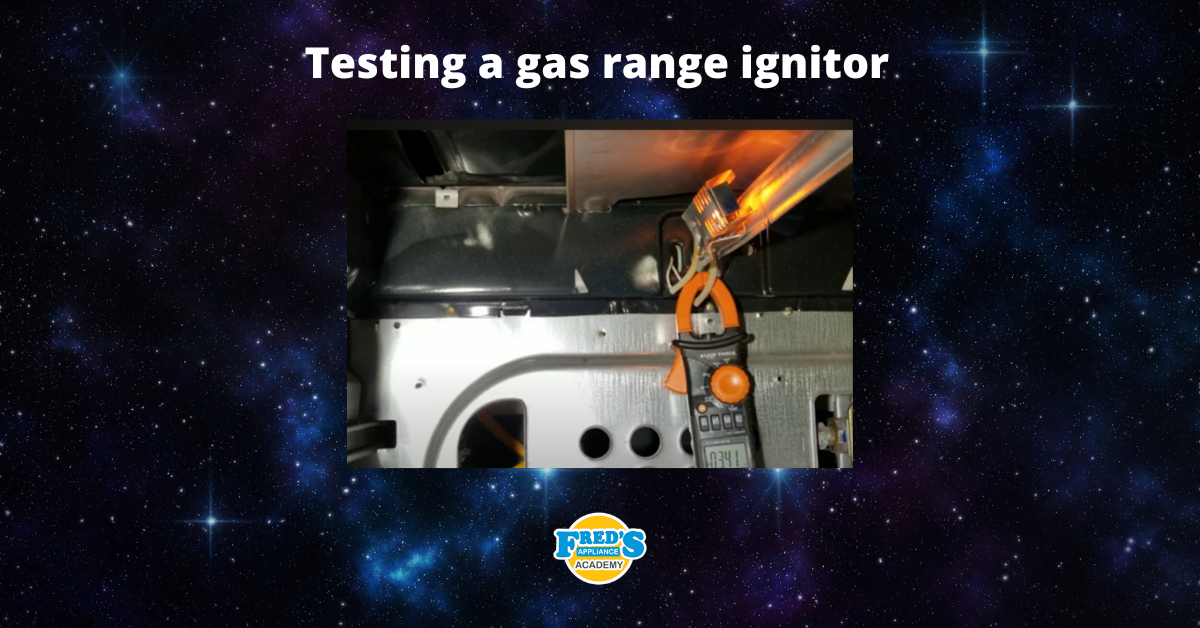
How to test a gas range ignitor

Congrats to our graduating March 2024 class
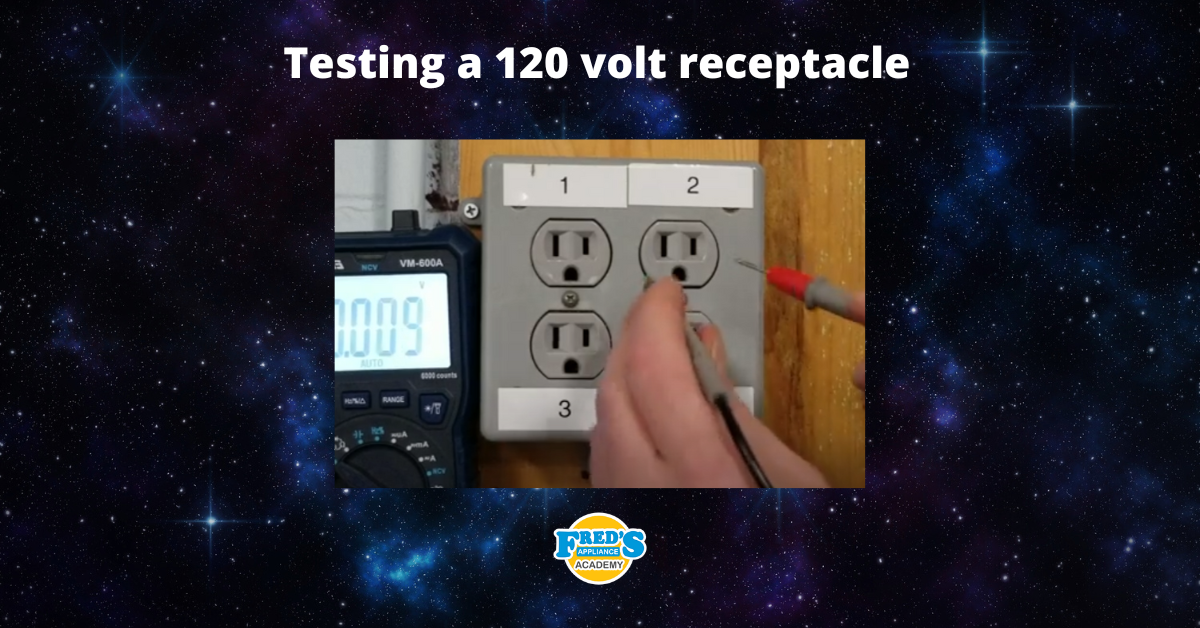
How to test a 120 volt receptacle

Congrats to our graduating February 2024 class
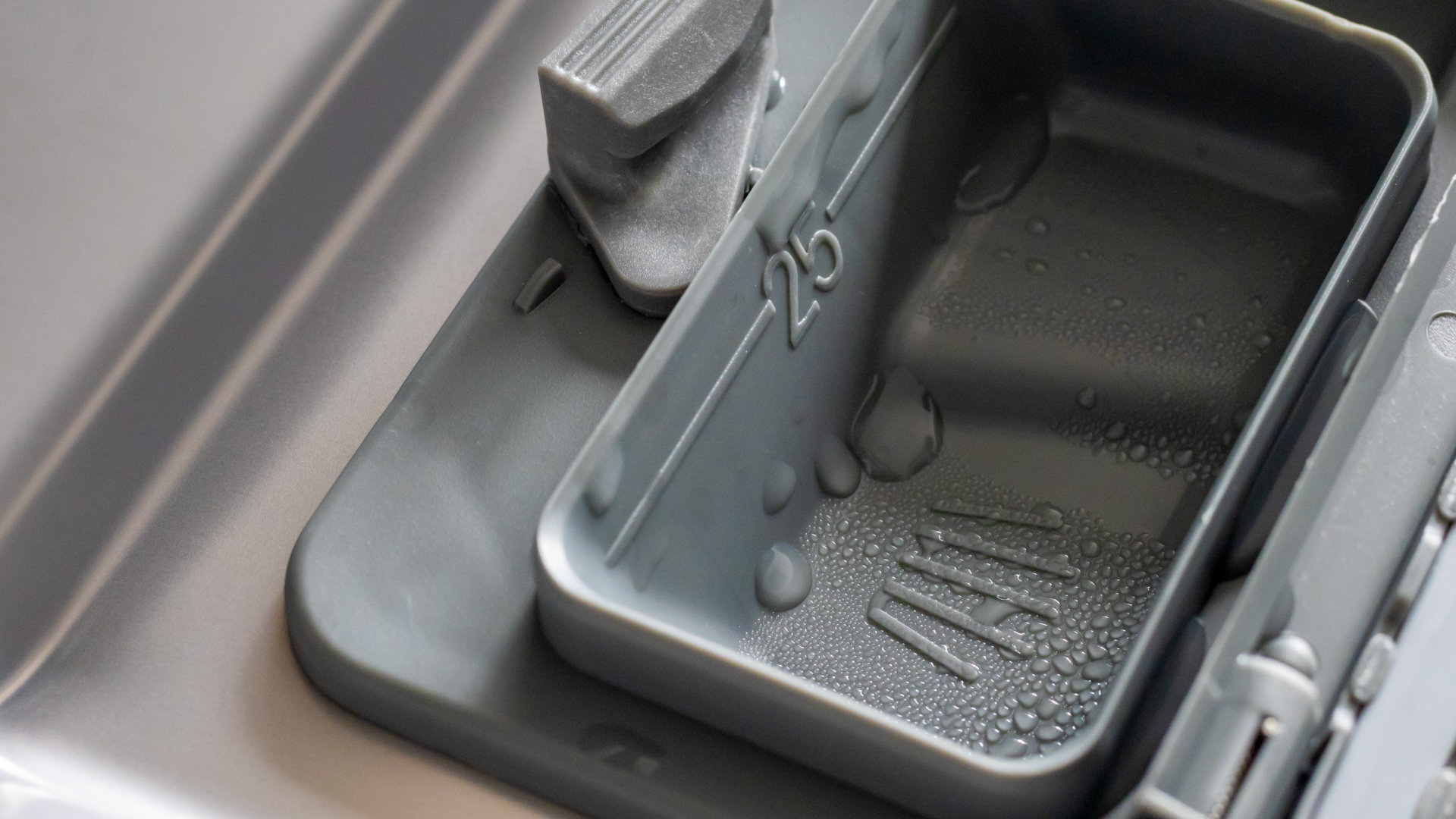
Why Is Your Dishwasher Soap Not Dissolving? (5 Easy Fixes)
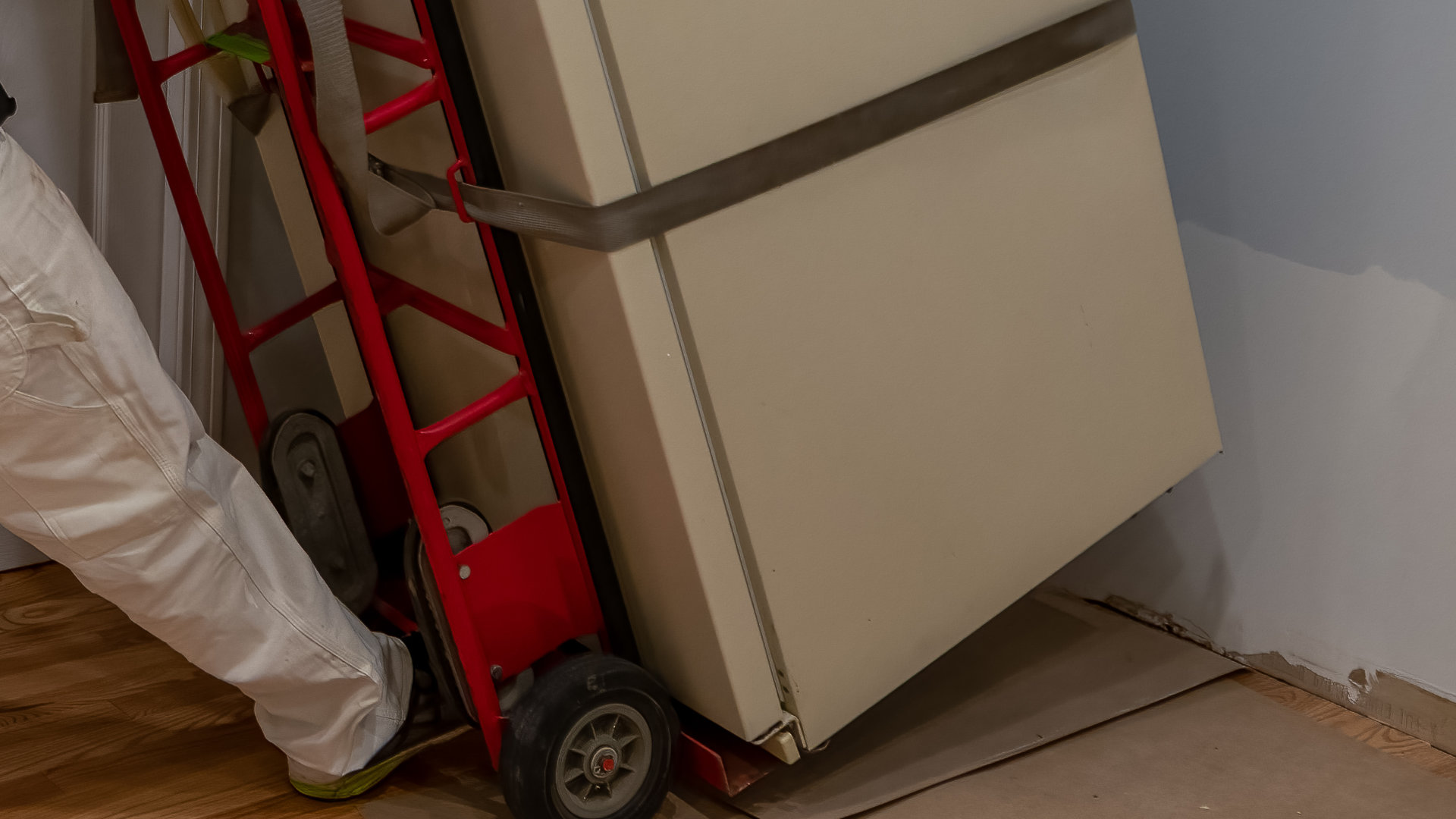
Refrigerator Dripping Water Inside? 5 Quick Fixes
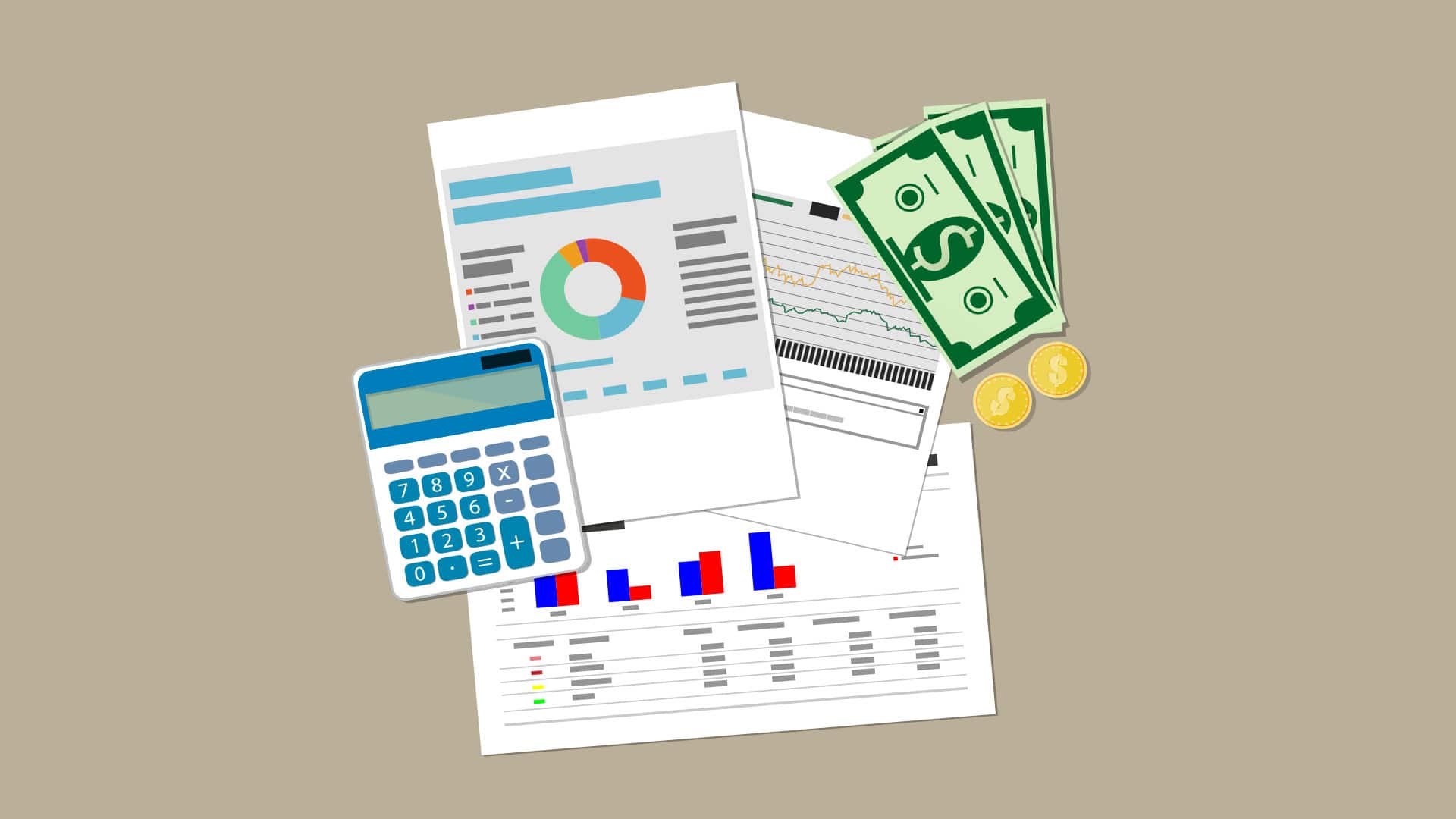
Appliance Industry 2023 Q4 Results

Congrats to our graduating January 2024 class
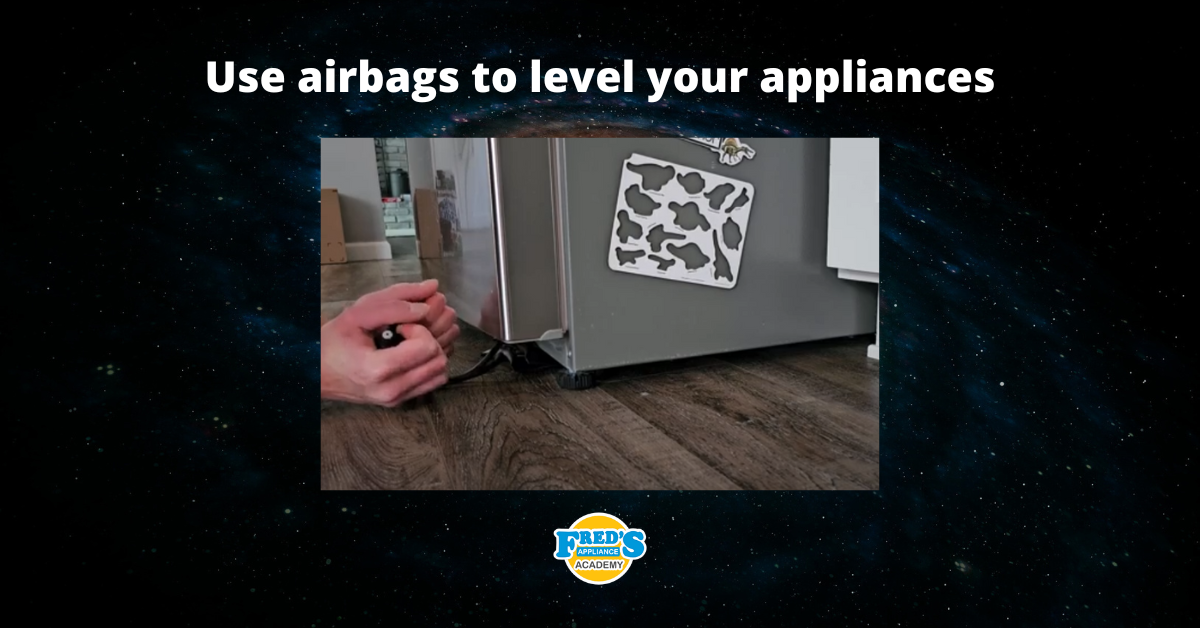
Clever ways to use airbags to level your appliances
